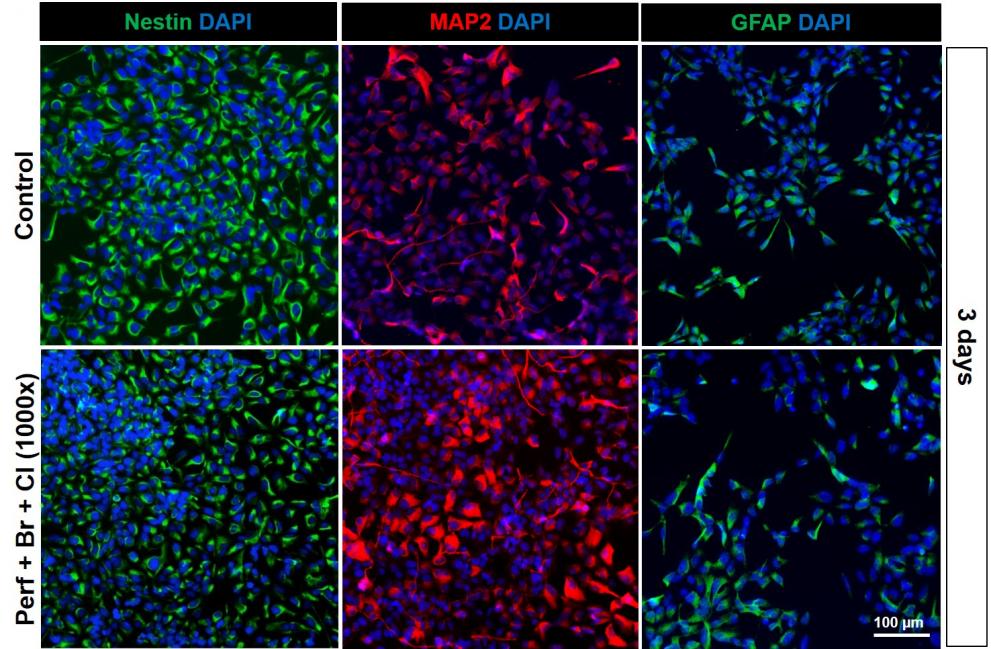
Repeated exposure to persistent organic pollutants might affect neurodevelopmental processes critical for human brain development, as shown in a human in vitro neuronal model. This could contribute to learning and memory impairment in children.
Halogenated persistent organic pollutants (POPs) are toxic chemicals that are persistent in the environment.
They were or are still currently used as components of pharmaceuticals, industrial chemicals, solvents or pesticides.
As they are resistant to environmental degradation, they tend to accumulate in human body, posing risks to health and environment.
These chemicals can lead to cancer, and they can also have adverse effects on both our immune and nervous systems. They also interfere with reproduction.
More recently, concerns have been raised about their impact upon brain development and possibly neurodevelopmental disorders.
The JRC, in collaboration with the Norwegian Institute of Public Health, in a recent study aimed to better understand the effects of these chemicals on brain development.
By using human-derived neuronal/glial cells and a mathematical model, this study shows that repeated exposure to POPs may affect some biological processes critical for human brain development, such as synapse formation and neuronal differentiation. This suggests that POPs could contribute to learning and memory impairment in children.
“We already knew that these pollutants were able to pass the blood brain barrier and accumulate in brain tissue. But we now wanted to understand how exposure to POPs at human relevant concentrations could affect key neurodevelopmental processes in a human in vitro model, since brain during development is particularly vulnerable to environmental chemicals” explains JRC scientist Francesca Pistollato.
POPs present in children’ blood
Despite many POPs have been banned from the market, several of them can still be found in the blood of children, as well as in breast milk.
In addition, we know that POPs can cross the placenta barrier, and by reaching the nervous system of a developing foetus, they might contribute to the rise of neurodevelopmental disorders.

New testing strategies to assess chemical risk
By combining human relevant in vitro systems and mathematical modelling, it is possible to better understand the possible link between human exposure to POPs and neurodevelopmental disorders, such as learning disabilities, autism and attention-deficit hyperactivity disorder, whose prevalence has been dramatically increasing over the last decade.
Related Content
Details
- Publication date
- 23 February 2021
